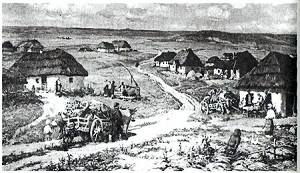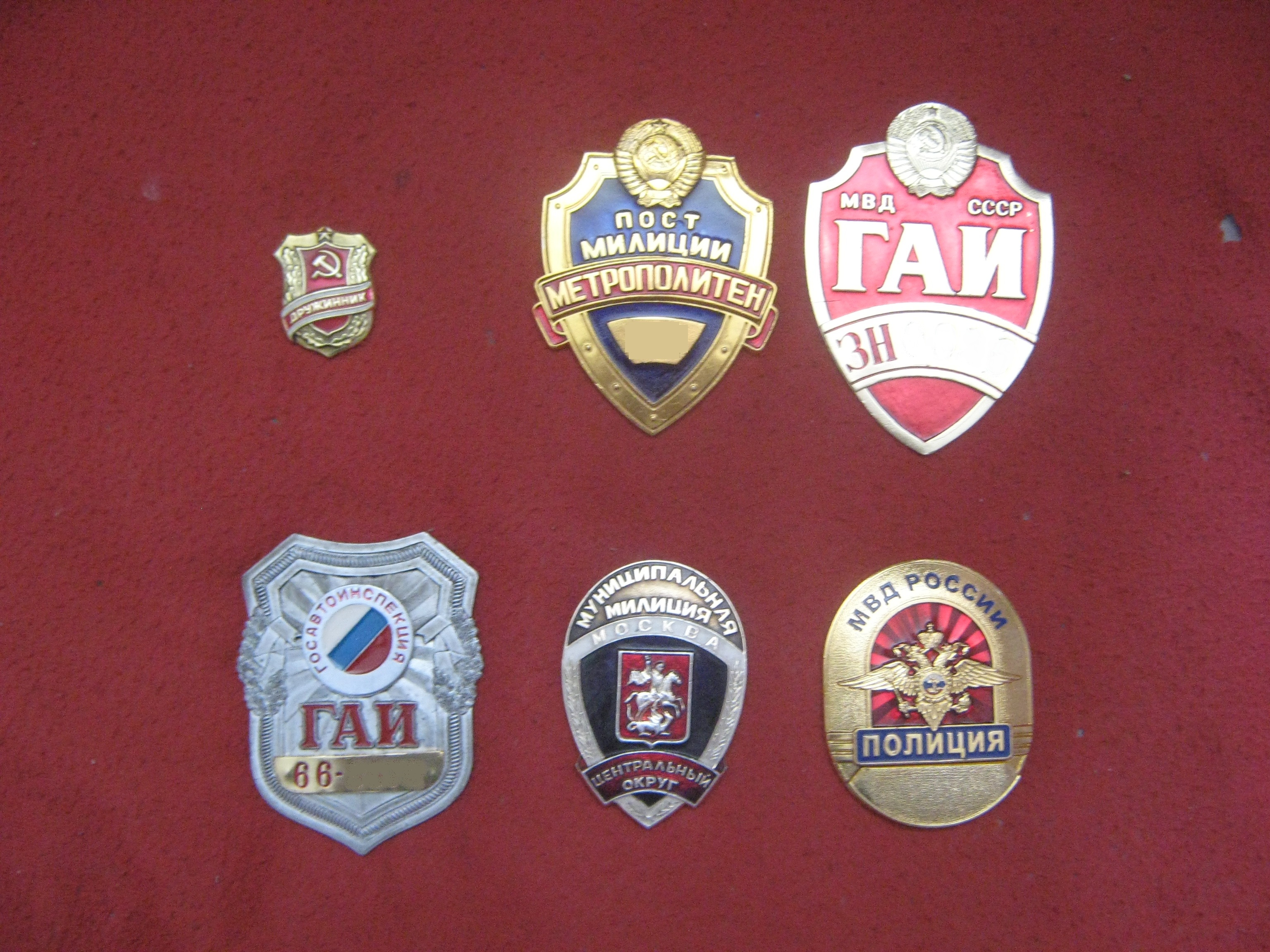|
Grigori Chukhray
Grigory Naumovich Chukhray (russian: ąōčĆąĖą│ąŠ╠üčĆąĖą╣ ąØą░čā╠üą╝ąŠą▓ąĖčć ą¦čāčģčĆą░╠üą╣; uk, ąōčĆąĖą│ąŠčĆią╣ ąØą░čāą╝ąŠą▓ąĖčć ą¦čāčģčĆą░ą╣; 23 May 1921 – 28 October 2001) was a Ukrainian Soviet and Russian film director and screenwriter. People's Artist of the USSR (1981).Cinema: Encyclopedic Dictionary // main editor Sergei Yutkevich (1987). ŌĆö Moscow: Soviet Encyclopedia, 640 pages He's the father of the Russian film director Pavel Chukhray. Early life Grigory Chukhray was born in Melitopol (modern-day Zaporizhzhia Oblast of Ukraine) to Red Army soldiers Naum Zinovievich Rubanov and Claudia Petrovna Chukhray. He was of Ukrainian origin.Grigori Chukrai, ''My Cinema''. Moscow, 2001, 98 p. [...More Info...] [...Related Items...] OR: [Wikipedia] [Google] [Baidu] |
Melitopol
Melitopol ( uk, ą£ąĄą╗č¢č鹊╠üą┐ąŠą╗čī, translit=Melit├│polŌĆÖ, ; russian: ą£ąĄą╗ąĖč鹊ą┐ąŠą╗čī; based on el, ╬£╬Ą╬╗╬╣ŽäŽīŽĆ╬┐╬╗╬╣Žé - "honey city") is a List of cities in Ukraine, city and List of hromadas of Ukraine, municipality in Zaporizhzhia Oblast in southeastern Ukraine. Melitopol has been Russian occupation of Zaporizhzhia Oblast, occupied by Russia since March 2022. It is situated on the Molochna River, which flows through the eastern edge of the city into the Molochnyi Lyman estuary. Melitopol is the second-largest city in the oblast after Zaporizhzhia and serves as the administrative center of Melitopol Raion. As of January 2022 Melitopol's population was approximately Its population has since declined substantially due to the city's capture in the opening weeks of the 2022 Russian invasion of Ukraine. The city is located at the crossing of two major European highways: European route E58, E58 Vienna ŌĆō Uzhhorod ŌĆō Kyiv ŌĆō Rostov-on-Don and European route E105, ... [...More Info...] [...Related Items...] OR: [Wikipedia] [Google] [Baidu] |
Ukraine
Ukraine ( uk, ąŻą║čĆą░茹Įą░, Ukra├»na, ) is a country in Eastern Europe. It is the second-largest European country after Russia, which it borders to the east and northeast. Ukraine covers approximately . Prior to the ongoing Russian invasion, it was the eighth-most populous country in Europe, with a population of around 41 million people. It is also bordered by Belarus to the north; by Poland, Slovakia, and Hungary to the west; and by Romania and Moldova to the southwest; with a coastline along the Black Sea and the Sea of Azov to the south and southeast. Kyiv is the nation's capital and largest city. Ukraine's state language is Ukrainian; Russian is also widely spoken, especially in the east and south. During the Middle Ages, Ukraine was the site of early Slavic expansion and the area later became a key centre of East Slavic culture under the state of Kievan Rus', which emerged in the 9th century. The state eventually disintegrated into rival regional po ... [...More Info...] [...Related Items...] OR: [Wikipedia] [Google] [Baidu] |
Steppe Front
The Steppe Front (russian: ąĪč鹥ą┐ąĮąŠą╣ čäčĆąŠąĮčé) was a front of the Red Army during the Second World War which existed from July to October 1943. History On 9 July 1943, Stavka designated a new Reserve Front in the Voronezh region, that had been effective since 30 April.Great Patriotic War 1941ŌĆō1945, Moscow 1977 It consisted of the command component of the 2nd Reserve Army (augmented by several officer and NCO courses), the 27th, 52nd, 53rd, 46th, 47th, 4th Guards Tank, 5th Air Army and eight mobile corps (Tank, Guards Tank, and Mechanised). Most of these armies had been reassigned from the Northwestern Front, North Caucasus Front, or the Reserve of the Supreme High Command (''Stavka'' reserve, or the RVGK). On 13 April 1943 the Front was renamed the Steppe Military District, to be effective 15 April. The Steppe Military District was redesignated the Steppe Front on July 9, 1943. It incorporated forces from the Soviet rear areas to the West of Kursk salient along t ... [...More Info...] [...Related Items...] OR: [Wikipedia] [Google] [Baidu] |
1st Ukrainian Front
The 1st Ukrainian Front (Russian: ą¤├®čĆą▓čŗą╣ ąŻą║čĆą░ąĖ╠üąĮčüą║ąĖą╣ čäčĆąŠąĮčé), previously the Voronezh Front (Russian: ąÆąŠčĆąŠąĮąĄąČčüą║ąĖą╣ ążčĆąŠąĮčé) was a major formation of the Soviet Army during World War II, being equivalent to a Western army group. Background During the first months of the war, officers from 16 regions of Ukraine conscripted about 2.5 million people from military enlistment offices. 1.3 million militiamen from the left-bank and southern regions of Ukraine fought against the enemy. In 1941, about 3.185 million citizens of the Ukrainian SSR were sent to the Soviet Red Army and Navy. Replenishing mostly the units of the Southern and Southwestern fronts, the Ukrainian people formed the basis of the 37th, 38th, and 40th armies; and the 13th and 17th rifle divisions. Due to the conscription of civilians, the proportion of Ukrainian citizens fighting in south-west Ukraine reached 50%. This significantly exceeded the percentage of Ukrainians from t ... [...More Info...] [...Related Items...] OR: [Wikipedia] [Google] [Baidu] |
Don Front
The Don Front was a front of the Soviet Red Army during the Second World War, which existed between September 1942 and February 1943, and was commanded during its entire existence by Konstantin Rokossovsky. The name refers to Don River, Russia. Formation The front was created by order of the ''STAVKA'' of the Supreme High Command on Sept. 28, 1942 in order to form a more cohesive command structure to the much-reinforced Soviet forces fighting in and around Stalingrad. On that date the ''STAVKA'' ordered: The initial composition of the Don Front was as follows: * 1st Guards Army - Kirill Moskalenko, * 21st Army - Nikolay Krylov, * 24th Army - Dmitry Timofeyevich Kozlov, * 63rd Army - Vasily Kuznetsov, * 66th Army - Rodion Malinovsky, * 4th Tank Army - Vasily Kryuchenkin, *16th Air Army - Sergei Rudenko. The command cadre of the new front came almost entirely from Rokossovsky's Bryansk Front, leaders that he trusted and would follow him until he was ordered to take command of 2nd ... [...More Info...] [...Related Items...] OR: [Wikipedia] [Google] [Baidu] |
Southern Front (Soviet Union)
The Southern Front was a front, a formation about the size of an army group of the Soviet Army during the Second World War. The Southern Front directed military operations during the Soviet occupation of Bessarabia and Northern Bukovina in 1940 and then was formed twice after the June 1941 invasion by Germany, codenamed Operation Barbarossa. During the Soviet occupation of Bessarabia and Northern Bukovina in 1940, the Soviets deployed three armies (12th, 5th and 9th). Altogether the Soviet Southern Front opposing Bessarabia and Bukovina consisted of 32 (or 31) rifle divisions, 2 (or 3) motorised rifle divisions, 6 cavalry divisions, 11 tank brigades, 3 airborne brigades (one in reserve), 14 corps artillery regiments, 16 artillery regiments of the Reserve of the Supreme High Command and 4 heavy artillery divisions. These force totalled around 460,000 men, ca. 12,000 guns and mortars, ca. 3,000 tanks and 2,160 aircraft. First Formation After the German invasion, the Southern Front wa ... [...More Info...] [...Related Items...] OR: [Wikipedia] [Google] [Baidu] |
19th Army (Soviet Union)
The 19th Army was a field army of the Soviet Union's Red Army, formed in 1941 and active during the Second World War. The army was formed three times, although only two of its formations saw combat. Its third formation was disbanded in June 1945 and its troops used to reinforce the Northern Group of Forces. First formation The army was first formed in June 1941 in the North Caucasus Military District under the command of General Lieutenant Ivan Konev. Division Commissar I.P. Sheklanov became Member of the Army's Military Soviet. Initially the army consisted of * 25th Rifle Corps ( 127th Rifle Division, 134th Rifle Division, and 162nd Rifle Division) * 34th Rifle Corps ( 129th Rifle Division, 158th Rifle Division, and 171st Rifle Division) * 38th Rifle Division * 442nd Corps Artillery Regiment * 471st Corps Artillery Regiment * and other units. Sources disagree as to whether a Mechanized Corps, either the 25th or the 26th, was directly subordinate to the Army as well. Three w ... [...More Info...] [...Related Items...] OR: [Wikipedia] [Google] [Baidu] |
World War II
World War II or the Second World War, often abbreviated as WWII or WW2, was a world war that lasted from 1939 to 1945. It involved the vast majority of the world's countriesŌĆöincluding all of the great powersŌĆöforming two opposing military alliances: the Allies and the Axis powers. World War II was a total war that directly involved more than 100 million personnel from more than 30 countries. The major participants in the war threw their entire economic, industrial, and scientific capabilities behind the war effort, blurring the distinction between civilian and military resources. Aircraft played a major role in the conflict, enabling the strategic bombing of population centres and deploying the only two nuclear weapons ever used in war. World War II was by far the deadliest conflict in human history; it resulted in 70 to 85 million fatalities, mostly among civilians. Tens of millions died due to genocides (including the Holocaust), starvation, ma ... [...More Info...] [...Related Items...] OR: [Wikipedia] [Google] [Baidu] |
Militsiya
''Militsiya'' ( rus, ą╝ąĖą╗ąĖčåąĖčÅ, , m╩▓╔¬╦łl╩▓its╔©j╔Ö) was the name of the police forces in the Soviet Union (until 1991) and in several Eastern Bloc countries (1945ŌĆō1992), as well as in the non-aligned SFR Yugoslavia (1945ŌĆō1992). The term continues in common and sometimes official usage in some of the individual former Soviet republics such as Belarus, Tajikistan, Uzbekistan and Kyrgyzstan, as well as in the partially recognised or unrecognised republics of Abkhazia, South Ossetia, Transnistria, DNR and LNR. Name and status The name ''militsiya'' as applied to police forces originates from a Russian Provisional Government decree dated April 17, 1917, and from early Soviet history: both the Provisional Government and the Bolsheviks intended to associate their new law-enforcement authority with the self-organisation of the people and to distinguish it from the czarist police. The militsiya was reaffirmed in Russia on October 28 (November 10, according to the ne ... [...More Info...] [...Related Items...] OR: [Wikipedia] [Google] [Baidu] |
Dekulakization
Dekulakization (russian: čĆą░čüą║čāą╗ą░čćąĖą▓ą░ąĮąĖąĄ, ''raskulachivanie''; uk, čĆąŠąĘą║čāčĆą║čāą╗ąĄąĮąĮčÅ, ''rozkurkulennia'') was the Soviet campaign of political repressions, including arrests, deportations, or executions of millions of kulaks (prosperous peasants) and their families. Redistribution of farmland started in 1917 and lasted until 1933, but was most active in the 1929ŌĆō1932 period of the first five-year plan. To facilitate the expropriations of farmland, the Soviet government portrayed kulaks as class enemies of the Soviet Union. More than 1.8 million peasants were deported in 1930ŌĆō1931.Robert Conquest (1986) ''The Harvest of Sorrow: Soviet Collectivization and the Terror-Famine''. Oxford University Press. .Nicolas Werth, Karel Barto┼Īek, Jean-Louis Pann├®, Jean-Louis Margolin, Andrzej Paczkowski, St├®phane Courtois, ''The Black Book of Communism: Crimes, Terror, Repression'', Harvard University Press, 1999, hardcover, 858 pages, Lynne Viola ''The Unknown ... [...More Info...] [...Related Items...] OR: [Wikipedia] [Google] [Baidu] |
Collectivization In The Ukrainian Soviet Socialist Republic
Collectivization in Ukraine, officially the Ukrainian Soviet Socialist Republic, was part of the policy of collectivization in the USSR and dekulakization that was pursued between 1928 and 1933 with the purpose to consolidate individual land and labour into collective farms called kolkhoz and to eliminate enemies of the working class. The idea of collective farms was seen by peasants as a revival of serfdom. In Ukraine this policy had a dramatic effect on the Ukrainian ethnic population and its culture as 86% of the population lived in rural settings. The forceful introduction of the policy of collectivization was one of the main causes of the Holodomor. In Ukraine collectivization had specific goals and outcomes. The Soviet policies related to collectivization have to be understood in the larger context of the social "revolution from above" that took place in the Soviet Union at the time.ąĪ. ąÜčāą╗čīčćąĖčåčīą║ąĖą╣, ą¤čĆąŠą▒ą╗ąĄą╝ą░ ą║ąŠą╗ąĄą║čéąĖą▓č¢ąĘą░čåč¢čŚ čüč¢ą╗čīčüčīą ... [...More Info...] [...Related Items...] OR: [Wikipedia] [Google] [Baidu] |



.jpg)